OOIL marks lack of profit in 2011
 |
Orient Overseas (International) Limited and its subsidiaries (the “Group”) announced a profit attributable to shareholders for 2011 of US$181.6 million, compared to a profit of US$1,866.8 million in 2010 which included the US$1,004.6 million profit on the sale of the Group’s former PRC property development business.
With the lack of profit in OOCL in the second half of 2011, and the difficult trading environment expected in 2012, the Board of Directors is not recommending payment of a final ordinary dividend for 2011.
OOCL profit increased 6% year-on-year. The peak cargo moving season was brief with only a moderate increase in volume in July and August. Average revenue per TEU was 7% lower overall for the year, mainly due to a 29% erosion in freight rate levels from Asia to Europe.
Mr. Tung of OOCL said, “OOCL’s operating profitability was impacted by the downwards pressure on freight rates that intensified over the second half of the year. The traditional Trans-Pacific peak season in the third quarter was disappointing in terms of both volume and prevailing freight rates.”
“While normal competitive pressure was felt across all trades as carriers sought to maintain market share while absorbing increased capacity, the Asia-Europe trade saw extraordinary freight rate declines.”
“With the continued high price of bunker fuel also squeezing margins, the need for greater operational efficiency saw new alliances formed for Asia-Europe, including a group of six carriers to be called the “G6 Alliance” of which OOCL is a founding member,” noted Mr. Tung.
“Despite 2011 representing a period of consistent deterioration in profitability for the industry, OOCL has made progress on many strategic fronts including the order of ten 13,200 TEU energy efficient ships. The ordering of the 13,200 TEU vessels confirmed OOCL’s ongoing role as a global network carrier, and its long-term commitment to the Asia-Europe trade in particular.”
“These vessels, when delivered in 2013 and 2014, will further enhance OOCL’s competitive cost base as well as helping us to reduce emissions consistent with our focus on and promotion of environmental protection,” Mr. Tung continued.
“Looking to 2012, we expect trading conditions to continue to be difficult. The major markets of North America and Europe are likely to see low levels of demand growth given the slow economic growth in those economies. Scheduled new-build capacity delivering in 2012 exceeds that of 2011, and is again dominated by the large vessels destined for deployment on the Asia-Europe trades.”
“While there has been some freight rate improvement on both Asia-Europe and Trans-Pacific routes since the beginning of this year, freight rates for those trades do not yet fully cover costs especially given the increase in the cost of bunker fuel that has occurred,” Mr. Tung continued.
OOCL continued to operate the Long Beach Container Terminal in California and the Kaohsiung Container Terminal in Taiwan, with a total throughput of 1.7 million TEU in 2011. OOCL also has a 20% interest and management participation in the Tianjin Port Alliance International Container Terminal Co., Ltd. and the Ningbo Yuandong Terminal Ltd., with a combined throughput of 3.9 million TEU.
Mr. Kenneth Cambie, the Group Chief Financial Officer, commented, “As at 31st December 2011, the Group had total liquid asset balances of US$2,413.1 million compared with debt obligations of US$439.1 million repayable in 2012. Debt to equity ratio changed to 0.06: 1 at end of 2011 from a net cash position at end of 2010. < 김보람 기자 brkim@ksg.co.kr >








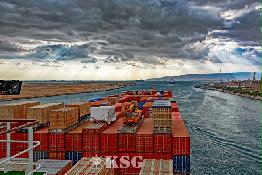
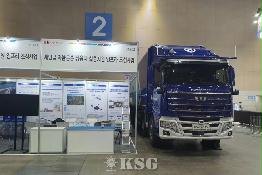
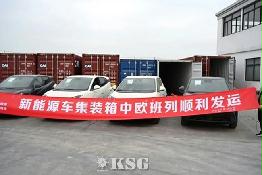
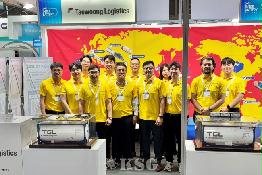
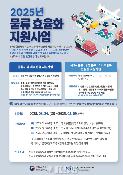
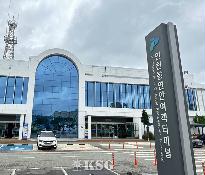
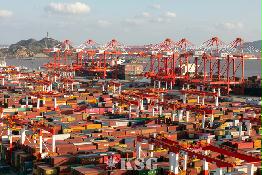
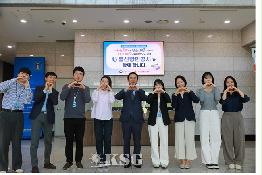
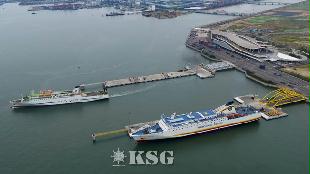
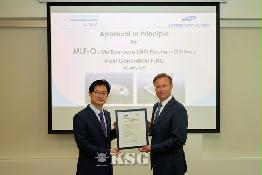
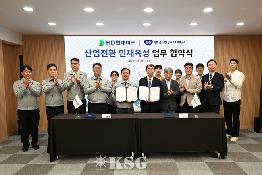
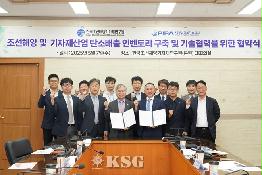
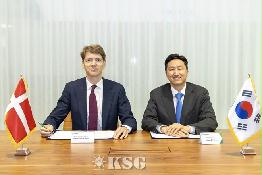
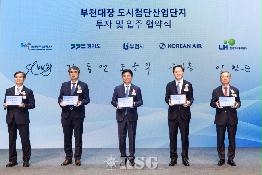
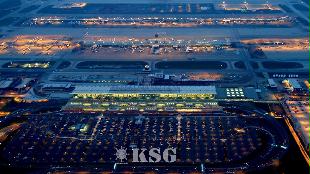
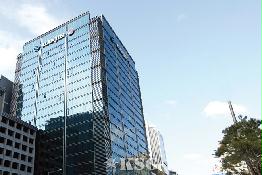
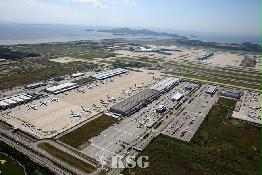
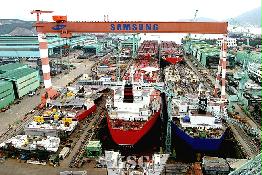
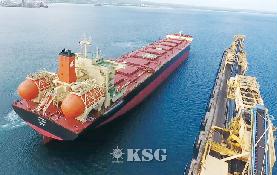
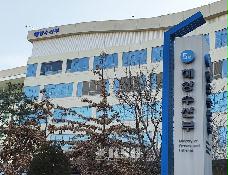
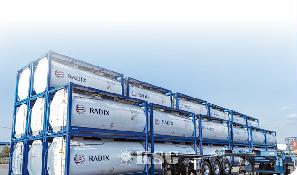
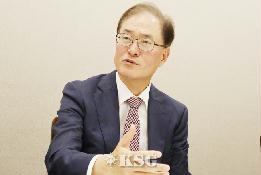

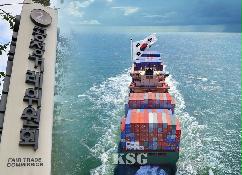
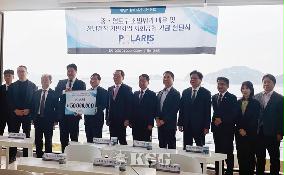

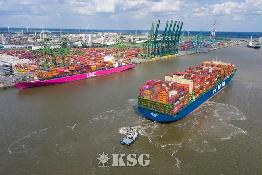
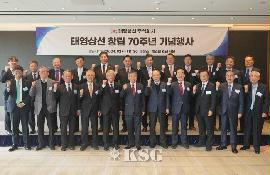
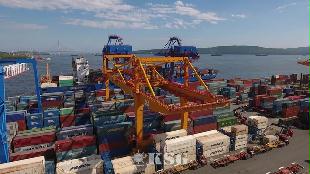
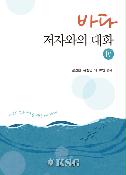





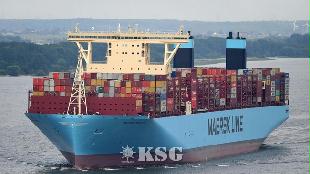
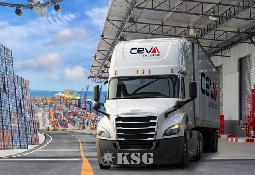
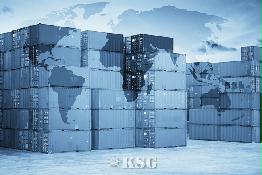
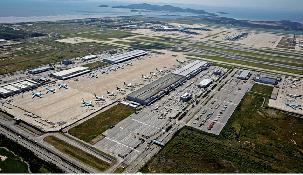






















0/250
확인